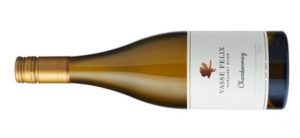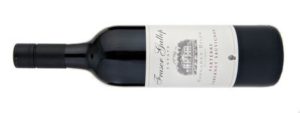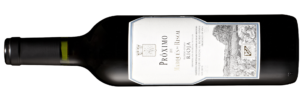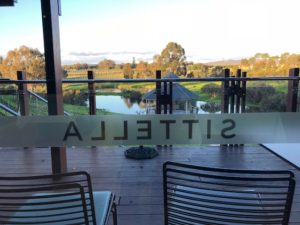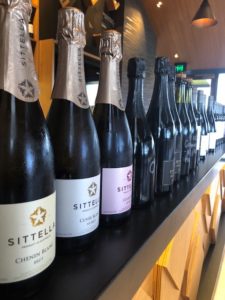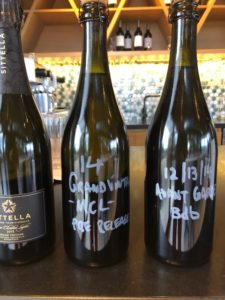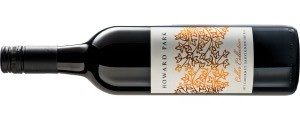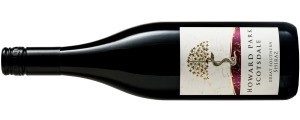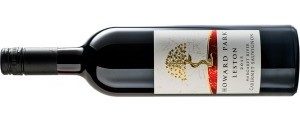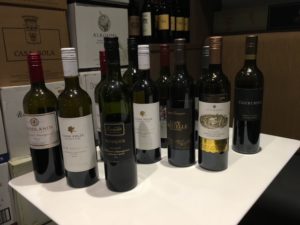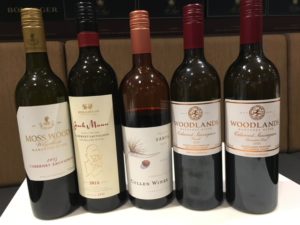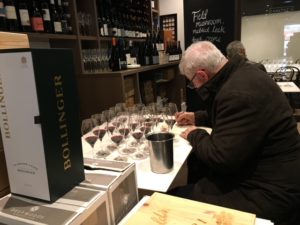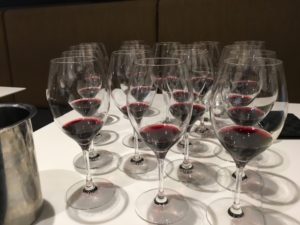Winery in Focus: Sittella (Part One)
Barry Weinman: 10th September 2018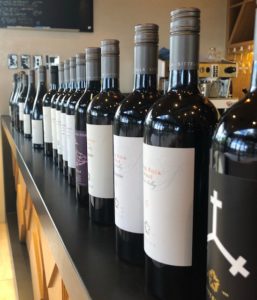
The Berns Family started Sittella with the purchase of land in the Swan Valley in 1993 that now houses the winery and vineyards. They subsequently bought and sold (in 2003) a vineyard in Margaret River, before purchasing their definitive Margaret River vineyard in the Wilyabrup sub district in 2010. This is a mature vineyard planted on heavy loam/gravel soils.
The family recently purchased another 5 hectares adjacent to the Margaret River vineyard and are embarking on an impressive planting program. Impressive, not because of the size of the vineyard, but rather for the planning, care and expense that has gone into choosing the site, grape clones and trellising.
This attention to detail in the vineyard is replicated in all aspects of the winemaking process. Winemakers Colby Quirk (Senior Winemaker) and Uri Berns have a stated aim of producing the best Cabernet Sauvignon in Australia, and are leaving no stone unturned in their quest to improve on (the already high) standard that they have achieved with Cabernet and Chardonnay.
Their success has not happened overnight. As this tasting demonstrated, the winemaking team have been honing their skills and refining techniques over the 6 years that they have been working together. They have tweaked vine management and adjusting winemaking to allow the fruit quality to shine in the bottle.
From 2015, both the Chardonnay and Cabernet have moved to another level of refinement.
Given the passion and skills shown by the winemakers, along with a serious investment in the vineyards and winery, it is not surprising that the wines are very high quality. What really surprised was:
- The wines are seriously cheap for the quality on offer
- The sparkling wine program is, if anything, even more significant than that for the still wines.
I will write in more details about the sparkling program next week, as the quality/value on offer would be hard to beat anywhere in Australia. The sparkling wines really are that good! There are also other worthwhile wines in the range, including a delicious Swan Valley Verdelho and an unctuous PX (Pedro Ximenez), made from base material going back to 1998.
Reserve Chardonnay
The fruit for the reserve is sourced from 1.5 hectares from the Wilyabrup Vineyard. The vineyard is planted with Dijon 95/96 clones, which produces less of the pineapple characters associated with the Gin Gin clone that is ubiquitous across the region. Production is limited to 200 dozen/year.
There has been a clear evolution in style over the 5 vintages, with the oak becoming ever more refined and the fruit more complex. The oak regime is consistent, with 25% new each year. The aim is to use the best oak possible, with only subtle changes to the forest and level of toast over time.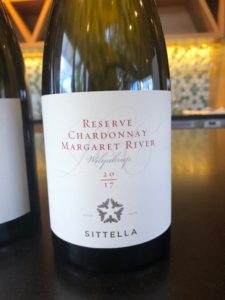
Sittella – Chardonnay – Reserve – Wilyabrup – 2013. Complex, with powerful stone fruit on the nose, along with creamy notes from the lees work and oak. With passionfruit and hints of tropical fruit, this is a bigger style, with the ripe fruit balanced by toast notes. Textured, chewy and powerful, though the oak sits a touch prominently on the close.
Sittella – Chardonnay – Reserve – Wilyabrup – 2014. The depth and power are palpable, yet the balance and poise are noteworthy. This is supple and refined, with stone fruit characters over creamy winemaking inputs. The high-quality oak is finely meshed with the fruit adding to the mouth-feel and texture. Seamless, balanced, long and silky, the acid finish is a highlight. Wonderful drinking over the next few years.
Sittella – Chardonnay – Reserve – Wilyabrup – 2015. More restrained and taut, with the fruit tightly bound at present. An evolution in style, with the balance a highlight. Supple and textured, the subtle stone fruit, minerality and lemony acid leads to a very long. The result of perfectly ripe fruit combined with silky winemaking. Now – 2023.
Sittella – Chardonnay – Reserve – Wilyabrup – 2016. From a warm, dry year. Restrained, yet with latent power. The fruit and oak are in perfect harmony, yet the whole package is reserved and tight. Near seamless palate transition, with the oak adding depth, but no overt flavour. Supple, long and age worthy, this is not as intense as the 2017, but will be better drinking in the short term.
Sittella – Chardonnay – Reserve – Wilyabrup – 2017 ($31.50). From a very cool year, with fruit that was in perfect condition when harvested. Fresh, powerful and zesty, this is all potential right now. The fruit is dense and ripe, though tightly bound and shy. The palate is supple, balanced and very long. Subtle pineapple and lemon, along with the trademark white peach fruit. Tightly coiled and powerful, there are hints of spice, citrus and minerality to close. Needs years, but a great wine already.
Cabernet Sauvignon
The stated aim of the winemakers is to make the best Cabernet based wine from Western Australia (and Australia). To this end, there has been a huge time investment in the vineyard, with every aspect of production carefully managed to ensure that the absolute best fruit is produced.
This attention to detail has been clearly carried through to the winery as well. The oak is the best available, with 40% new each vintage. The current vintage is 2015 and only 150 dozen are produced each year.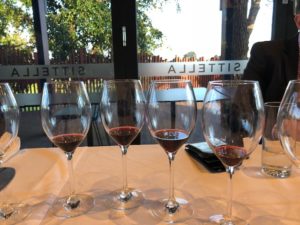
Sittella – Cabernet Sauvignon – Berns Reserve – 2012. Pristine fruit that is just starting to show some development, but this is still fresh and youthful. There is a generosity to the fruit that is captivating, with the fine balance and structure framing the fruit perfectly. Very long and fine, the red berry fruit is supple and succulent and there are hints of mint to close. A great drinking red that will also live for a decade or more.
Sittella – Cabernet Sauvignon – Berns Reserve – 2014. A touch more herbal, but still ripe and supple. This is quite tight and needs years to hit its peak. The fruit is complemented by silky tannins that add a little grip on the back palate, with supple oak and fine, tight acidity. A superb wine in the cooler spectrum that will live for 2 decades or more.
Sittella – Cabernet Sauvignon – Berns Reserve – 2015. ($52). An amalgam of fruit and savoury characters, with brilliant red berry/cherry fruit, hints of cassis and mint and very fine, texturing tannins. Superbly made, and worthy of extended time in the cellar. Gets a little chewy to close, so give it 10 years to really start to open up. A great wine!
Sittella – Cabernet Sauvignon – Berns Reserve – Wilyabrup – 2016. Harks back to the 2012, with brilliant ripe fruit, but the structural components are, if anything, turned up a notch here. Chewy, texture, and long. The perfectly ripe fruit is poised and balanced. Near seamless and with great density of fruit, a great wine is the making and a long-term prospect.
Sittella – Cabernet Sauvignon – Berns Reserve – Wilyabrup – Buckshot Vineyard – 2017. Fragrant red berry and mint fruit that is refined, fine, elegant, and showing tremendous depth. Yet somehow, this manages to be restrained and tight. The finish is remarkably silky, supple, long and fine. In what was a tricky vintage for the region, the vineyard was intensely managed from bud burst to harvest, to produce an exceptional wine that may prove to be one of the best Cabernets to come out of Margaret River from the 2017 vintage.

